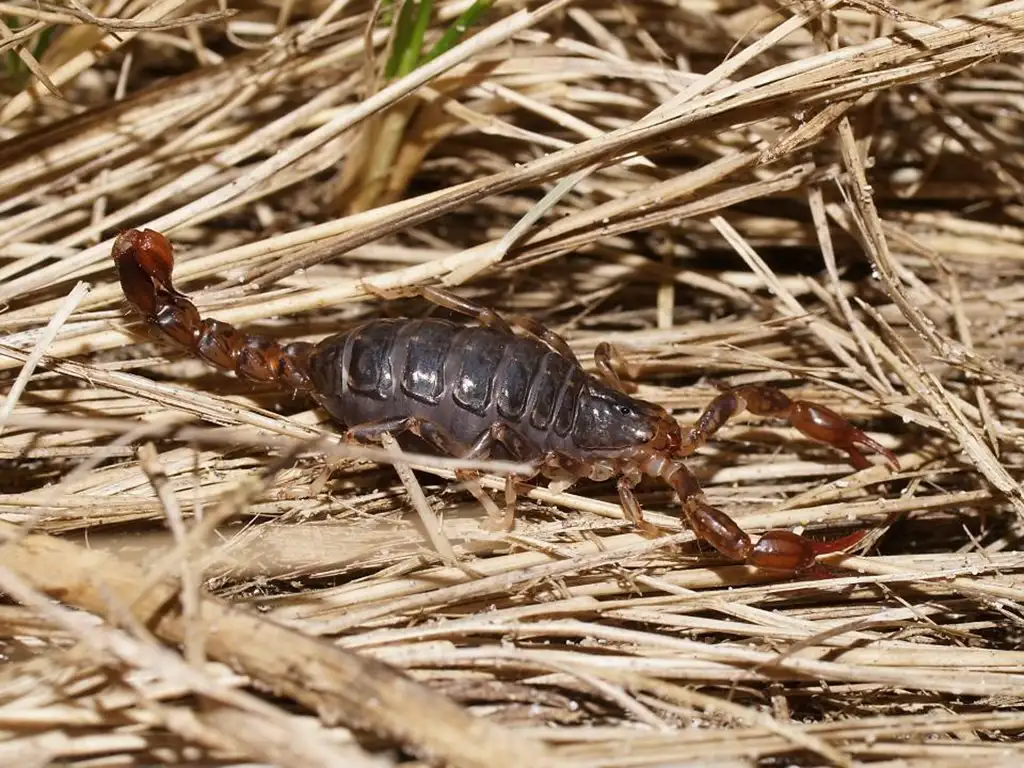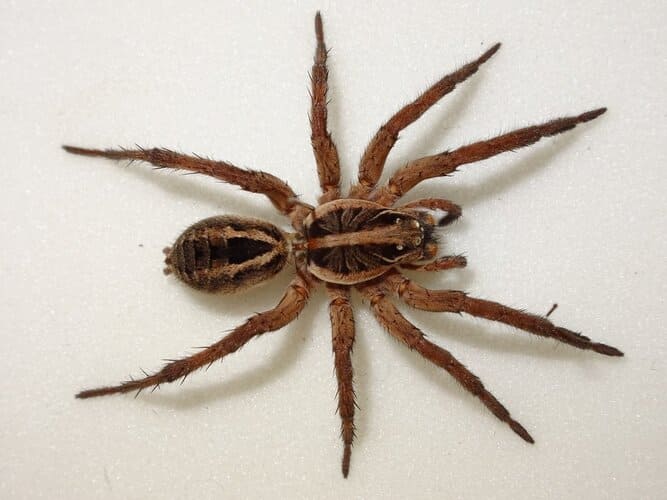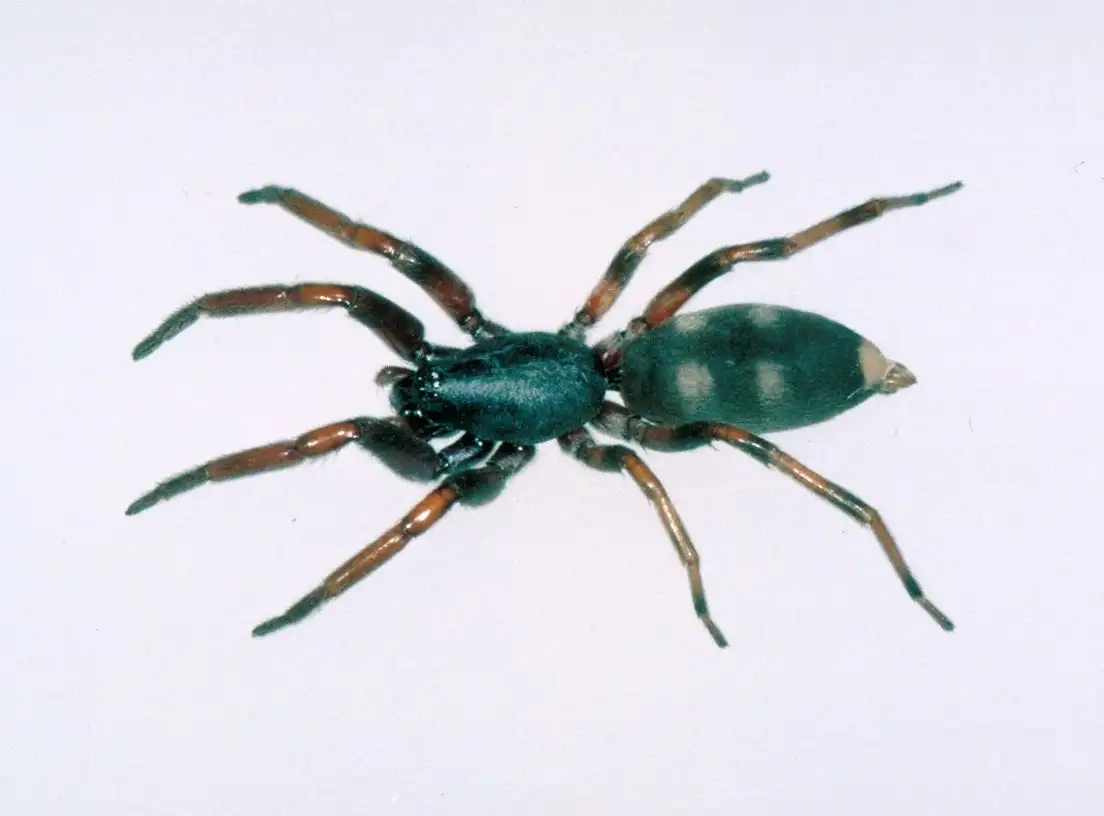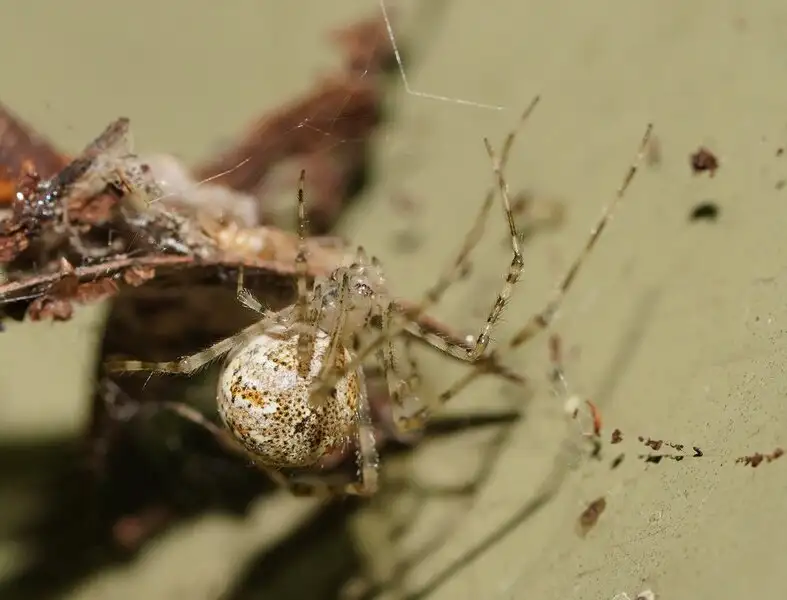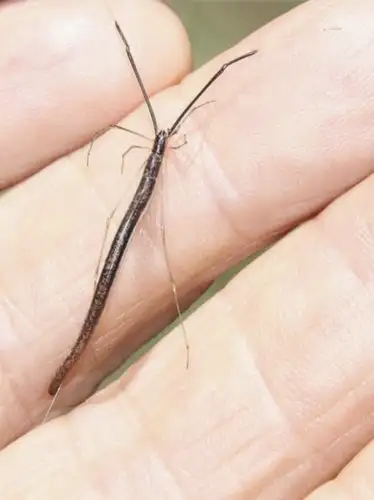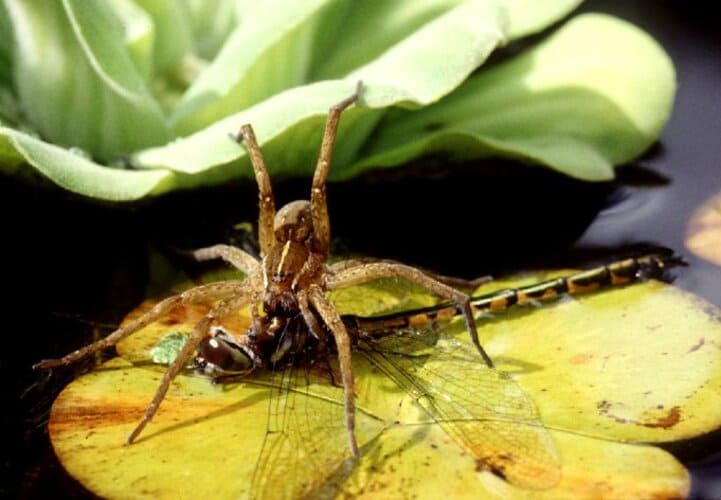Palinuridae;lobster
IUCN
LCBasic Information
Scientific classification
- name:Palinuridae;lobster
- Scientific Name:Palinuridae;lobster, prawns, dragon head prawns, shrimps, sea prawns
- Outline:Arthropoda
- Family:Decapoda Hominididae Homarus
Vital signs
- length:20~40cm
- Weight:0.5-1kg
- lifetime:
Feature
The body size is the largest among shrimps, and the heaviest can reach more than 5 kilograms, and is called a tiger lobster.
Distribution and Habitat
The origin of lobsters is in Central and South America and northeastern Mexico. Now they are distributed in all continents of the world. There are many species, and they usually live on the seabed or shore near the warm ocean. There are at least 8 species of lobsters produced in China.
Appearance
The lobster has a large head and thorax, a hard, colorful shell, a short abdomen, a thick cylindrical body, a slightly flat back and abdomen, a well-developed cephalothorax, thick and spines, a pair of powerful supraorbital spines in the center of the front edge, and a closed gill chamber. The abdomen is short and thick, the back curls toward the ventral side, and the tail fan is wide and short. Lobsters have a hard, segmented exoskeleton. The eyes are located on movable eye stalks. There are two pairs of long antennae. The abdomen is long and has many pairs of swimming legs. The tail is fin-shaped and used for swimming. The bending movement of the tail and abdomen can propel the body forward. The natural color of lobsters varies from blue-green to rusty brown, and there are lobsters with blue or white shells. Lobsters of all colors will turn red after being cooked.
Details
Lobster (scientific name: Palinuridae) is the general name for species in the family Hominididae, class Arthropoda, order Decapoda, class Arthropoda. The Homaridae family includes 11 genera: Panulirus, Jasus, Justitia, Linuparus, Nupalirus, Palinurellus, Palinurus, Palinustus, Projasus, Puerulus, Sagmariasus, with a total of about 46 species. About 8 species have been discovered in my country: Panulirus ornatus, Panulirus stimpsoni, Panulirus homarus, Panulirus versicolor, Panulirus japonicus, Panulirus versicolor, and Linuparus trigonus.
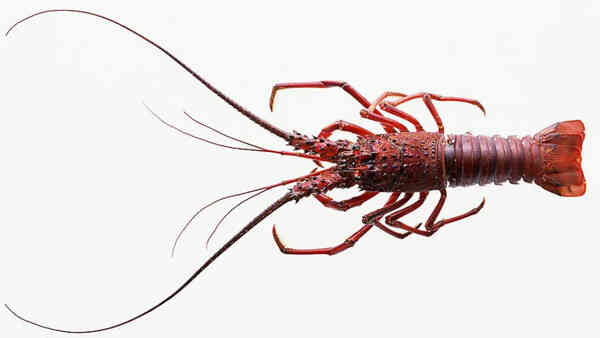
1. Lobster's living environment
Lobsters have a strong ability to adapt. According to the survey, they can survive in lakes, rivers, ponds, canals, and paddy fields, and even in waters where some fish cannot survive. Lobsters have a strong ability to adapt to dissolved oxygen in water. In an oxygen-deficient environment, they can not only climb ashore, but also lie on the water surface with the help of floating plants or water plants in the water, and use the gills on one side of the body to breathe to survive. Lobsters have a strong tolerance to low oxygen. In an oxygen-deficient environment, they can climb ashore to breathe with gills to survive. When the pH value of water quality is between 5.8 and 9 and the dissolved oxygen is lower than 1.5mg/L, they can still survive normally. Normal growth requires dissolved oxygen above 3ml/L.
Lobsters have a strong tendency to flow, like fresh water, swim upstream, and like to live in groups. In the breeding pond, they often gather in groups around the water inlet. On rainy days, the shrimp can go up the shore against the current to stay for a short time or escape. When the water environment is not suitable, they will also climb up the shore to live. Therefore, the breeding site should have anti-escape fence facilities.
2. Lobster's eating habits are very diverse. Various fresh aquatic plants, benthic animals, shellfish, mollusks, large zooplankton, and various fish and shrimp carcasses and carcasses of the same kind are all favorite baits for lobsters. They also like artificially fed feeds. During the growing season, in the water surface with a lot of phytoplankton in the downwind part of the pond, it can be observed that the lobsters place their mouthparts on the horizontal plane and use their two large claws to continuously paddle the water to send the algae on the water surface into their mouths, indicating that the crayfish can even use the algae in the water.
Lobsters are omnivorous animals that prefer animals, but their feeding habits vary slightly at different stages of development. The newly hatched larvae use their own remaining yolk for nutrition, and soon after they feed on small zooplankton such as rotifers. As the individual continues to grow, they feed on larger zooplankton, benthic animals and plant debris. Adult shrimps feed on both animals and plants, mainly on plant debris and animal carcasses, and also on water earthworms, chironomid larvae, water grass, small crustaceans and some aquatic insects. In artificial breeding, larvae can be fed with Artemia nauplii, Spirulina powder, etc., and adult shrimp can be fed with artificial compound feed, or mainly artificial compound feed supplemented with animal and plant debris.
3. Habitat of lobsters
Lobsters like to live in shelters such as aquatic plants, branches, and rock crevices. The shrimp hides during the day and comes out at night, and does not like strong light. Under normal conditions, they hide in deeper water or in shelters during the day and rarely move. They start to move in the evening after the sun sets, and often gather in shallow water to crawl for food or find a mate. If frightened, they quickly escape back to deep water. This shrimp likes to crawl, not swim. It crawls forward when foraging and moving. When frightened or encountering an enemy, it quickly moves backward and jumps to avoid.
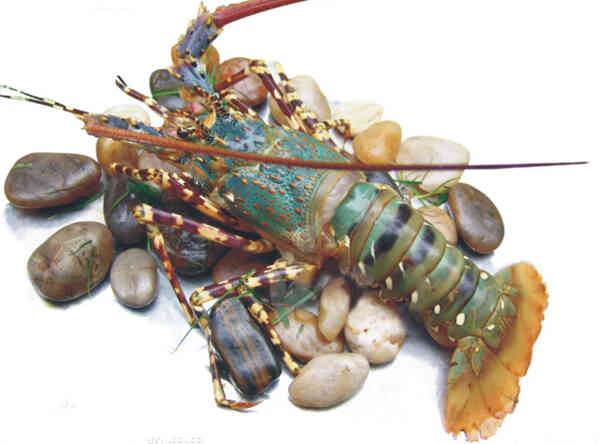
4. Lobster's personality
Lobsters are aggressive by nature. When there is insufficient feed or when they compete for a cave, they often bully the weak and the small and fear the big. The larvae have strong regenerative ability. The lost part will be regenerated during the second molting, and it will recover after several moltings, but the new part will be shorter than the original one. This self-cutting and regeneration behavior is a protective adaptation.
5. Molting and growth of lobsters
Lobsters grow by molting, and the new body shell hardens after 12 to 24 hours. Under the condition of water temperature of 25 to 30℃, the weight can reach 60 to 150 grams after 6 to 8 months of breeding. The general growth trend of lobsters is: from hatching to the stage of 20 grams in weight, the growth rate is an accelerated growth; when it reaches 50-100 grams, its growth rate remains at a relatively stable level, and beyond this stage, the growth rate tends to decline. Thus, an inverted U-shaped growth curve is formed. Molting is divided into growth molting and reproductive molting. After the young shrimps leave the mother's body, they quickly enter the first molting, replace the soft and wrinkled new skin, and quickly absorb water to grow. This is the growth molting, and there are 11 moltings from the larvae to the adults. Female shrimps begin reproductive molting after sexual maturity, and they will undergo reproductive molting before each mating and spawning. In addition, lobsters in the deep sea usually live to about 100 years old.
6. Uses and Values of Lobster
Astaxanthin, which is very important in lobster, is the strongest antioxidant discovered by science. The darker the color, the higher the astaxanthin content. It is widely used in cosmetics, food additives, and medicines. Scientists at Osaka University in Japan have found that astaxanthin in shrimp helps eliminate the "jet lag" caused by jet lag.
The types and contents of nutrients in aquatic products are no less than those in livestock and poultry meat, and the nutritional components in various shrimps are almost the same. All kinds of shrimps are high in protein and low in fat, with protein content accounting for about 16% to 20% of the total, and fat content less than 0.2%. Moreover, the fat contained is mainly composed of unsaturated fatty acids. The content of trace elements such as zinc, iodine, and selenium in shrimp meat is higher than that of other foods. Lobster meat is not only white and tender, delicious, high in protein, low in fat, and rich in nutrition.

